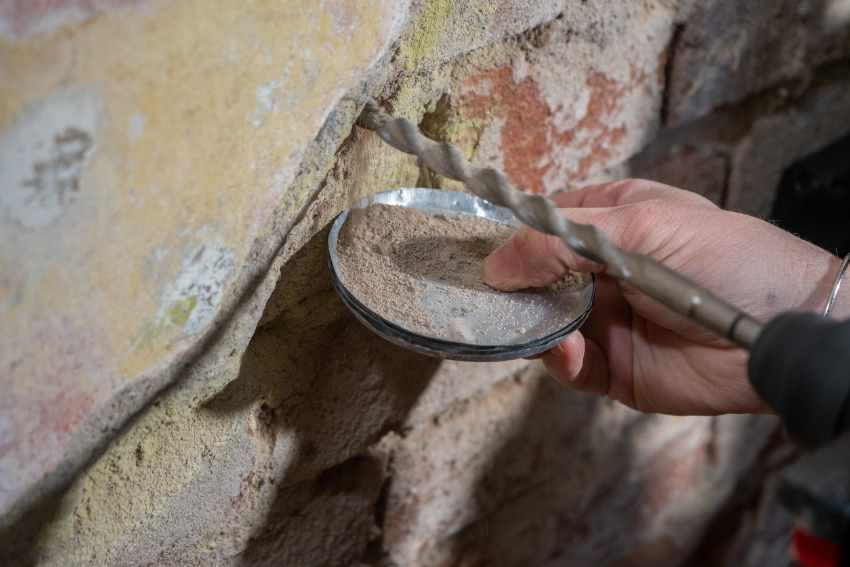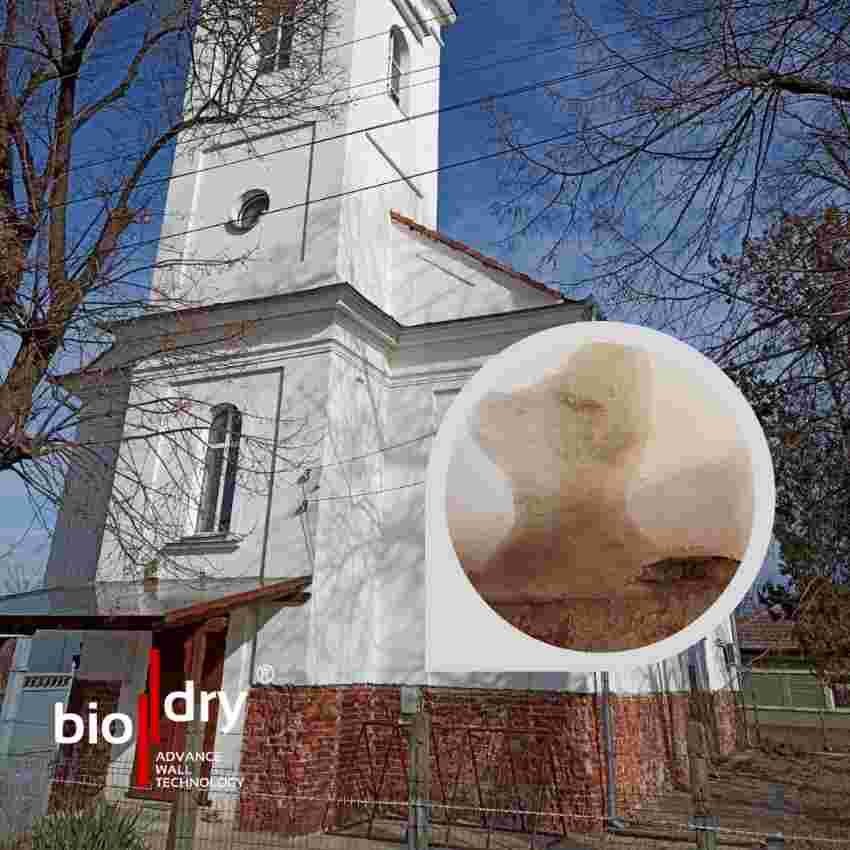Biodry is a solution for the permanent drying of walls affected by capillary moisture, a problem existing in all buildings without horizontal insulation.
Interview with Varga-Pál-Petry Zsolt, CEO & Franchise Owner of Biodry Romania.
Easy Engineering: A brief description of the company and its activities.
Varga-Pál-Petry Zsolt: The Biodry device – installed inside buildings – stops the capillary moisture rise, permanently eliminating the cause of the problem compared to solutions that only address the effects caused by moisture. This device contributes to restoring the natural electric potential of the walls, due to the physical process of canceling the interferences created by electromagnetic waves present in the soil and walls.
The Biodry wall drying system offers a natural, relatively fast, safe, and long-lasting dehumidification for the entire volume of the walls. If the device is removed, the walls return to their initial state, meaning they begin to absorb moisture from the soil again. The principle of operation of the system is based on a physical law whereby two waves of the same intensity and length, having opposite directions. The design and implementation of the device are based on an in-depth study of magnetic waves present in the soil and in the walls of buildings with capillary moisture problems.
According to this study, the most important factor influencing water molecules absorbed in walls is the variation in the magnetic field, which creates an electric potential difference in the walls facilitating the upward migration of these molecules (vertically).
Magnetic waves emanating from the soil generate an electric disturbance in the walls, which is then reflected in the opposite direction by the Biodry system. The waves cancel each other out, and the electric potential in the walls decreases, thereby eliminating the cause for which the walls absorb moisture.
E.E: What are the main areas of activity of the company?
V.P.P.Z: Biodry Romania is active in the construction industry, in a very specific field: restoration and renovation of old buildings. The field of wall drying is still little known in Romania, so our goal is to make this Swiss technology better known in Romania. Our main goal is to save old buildings and to ensure dry walls for at least 100 years. To sum up, our aim is to save old buildings for future generations with a non-invasive technology that does not damage our precious old buildings. In addition, Biodry Romania’s goal is to save 1000 buildings of great importance from capillary dampness by 2030 using Biodry technology. Educating the market and professionals is also of paramount importance to us.

E.E: What’s the news about new products/services?
V.P.P.Z: The Biodry device itself is an innovation, as the Swiss parent company was founded in 2009. despite this, our company is constantly striving to provide consumer-friendly solutions. A relatively new offer is the use of probes, which we offer as an additional service to our consumers. By installing probes, consumers can monitor the drying process of the walls in real time. This also allows remote control.
E.E: What are the ranges of products/services?
V.P.P.Z: We consider ourselves a service provider company. We provide a quality service to our clients from the first step (promotion, on-site inspection) to the last step, which is periodic checks. We have three types of wall drying devices, the coverage area of which varies from device to device. In addition, as mentioned before, clients have the possibility to monitor the drying of the walls in real time with the help of probes. We consider ourselves a service provider company, as we offer a free on-site inspection to the client before signing the contract. During the free on-site inspection, we provide an expert opinion on the wall material, the types of moisture in the wall and the proposed solutions to the problem. Once the contract has been signed, we do not let go of the client’s hand, as we carry out periodic technical checks on the drying process of the wall. We check the drying process after 6 months, 1 year, 2 years and 3 years. Our company guarantees to completely dry out walls with capillary dampness within 3 years and keep them dry forever, as the device is left permanently in the client’s house.
E.E: What is the state of the market where you are currently active? What can you tell us about market trends? What are the most innovative products/services marketed?
V.P.P.Z: In terms of the market, Biodry operates in a niche market within which clients are looking for a final solution to a very specific problem, namely capillary damp (moisture that comes up from the soil through the base of the house and then into the walls). We are currently competing with traditional methods such as injection, wall cutting, but these have not spread nationally. There are other non-permanent solutions such as ventilated render. Wall cutting in Romania is only spread in few regions. There are no modern technologies other than those mentioned. We are constantly educating the market that the definitive solution is the right one, and also, we are trying to reach all the big cities in Romania. In terms of market trends, we can conclude, that Biodry is still the most innovative product on the market. A crucial market trend is that clients with private houses are looking for a solution that involves as little disruption and mess as possible, and monuments and institutions are looking for a solution that involves as little intervention as possible. From both perspectives, it is important that the required solution should be non-invasive.

E.E: What estimations do you have for the beginning of 2024?
V.P.P.Z: After two months, we can say that we are off to a good start in 2024, and we are expecting a significant increase compared to the previous year. This is where the company is heading, and this is where we are taking the steps we set out every day. For 2024, we aim to be represented in 11 counties and to save as many old buildings as possible for the future generations.
